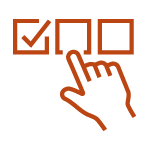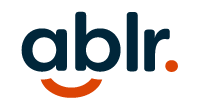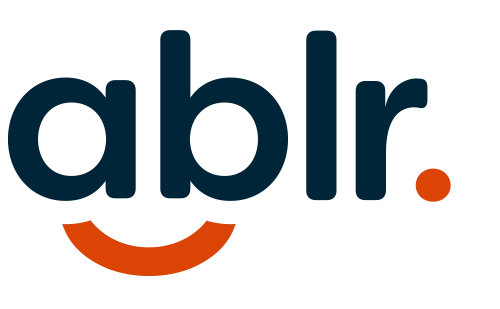What is an Accessibility Statement?
An accessibility statement informs your customers and website visitors of your commitment to adhering to laws that are in place to protect the rights of people with disabilities. In the United States, this could include the Americans with Disabilities Act, which ensures that people with disabilities are treated fairly by businesses and organizations, and Section 508 of the Rehabilitation Act, which requires federal agencies to provide equal access to their electronic information.

Benefits

- Show your users that you care about accessibility and about them.
- Provide them with information about the accessibility of your content.
- Demonstrate your commitment to accessibility and to social responsibility.
Where it Belongs

- Link to the statement from several places, such as from the footer, help menu, SiteMap, about page, and other frequently visited areas.
- Use consistent link names for your Accessibility Statement to help users recognize them. For example, use the same link name on all web pages to refer to an Accessibility Statement for that website, and use that same link name to refer to the Accessibility Statement for the mobile application version of the website.
What to Include

- A commitment to accessibility for people with disabilities.
- The accessibility standard applied, such as WCAG 2.1.
- Contact information in case users encounter problems operating and/or accessing content on your site.

Get Your Statement
Accessibility Statements are a great way to begin your overall accessibility journey – Reach out to the Ablr team today to learn more and get started!
Become part
of the Ablr community.
Ablr is very active in the Disability Community. Our Chief Architect, John Samuel, is visually impaired and is regularly asked to speak about accessibility and inclusion in the workspace. We invite you to join the Ablr community. We love to share the latest developments in the accessibility and disability inclusion space and-critically-we like to hear your thoughts. Join us on our channels. We look forward to meeting you there.





